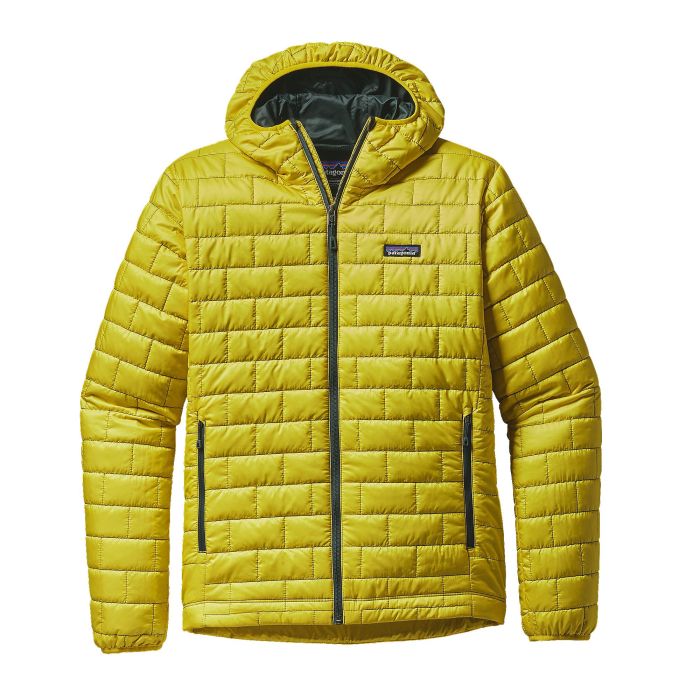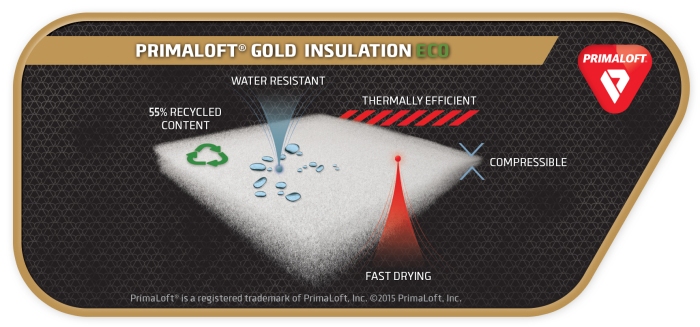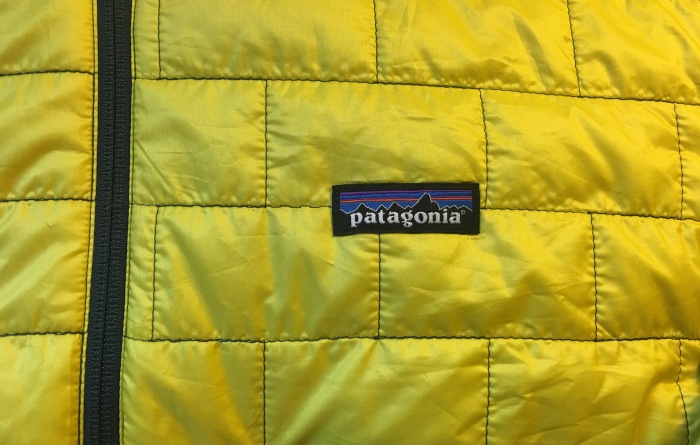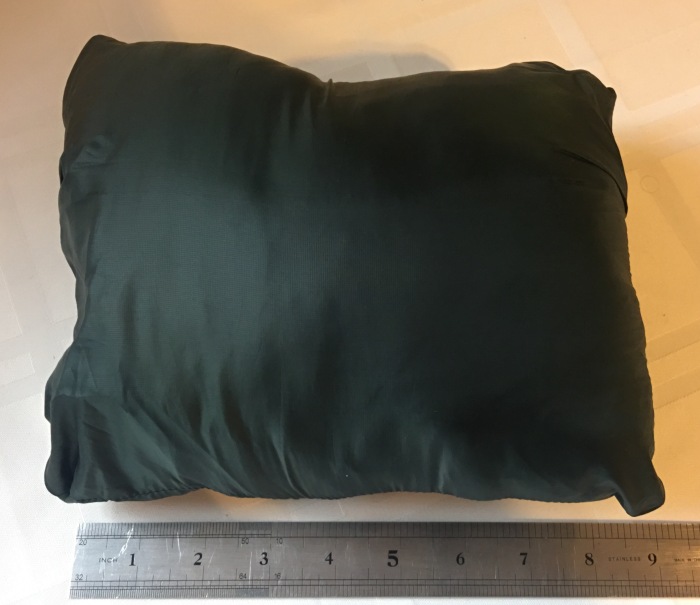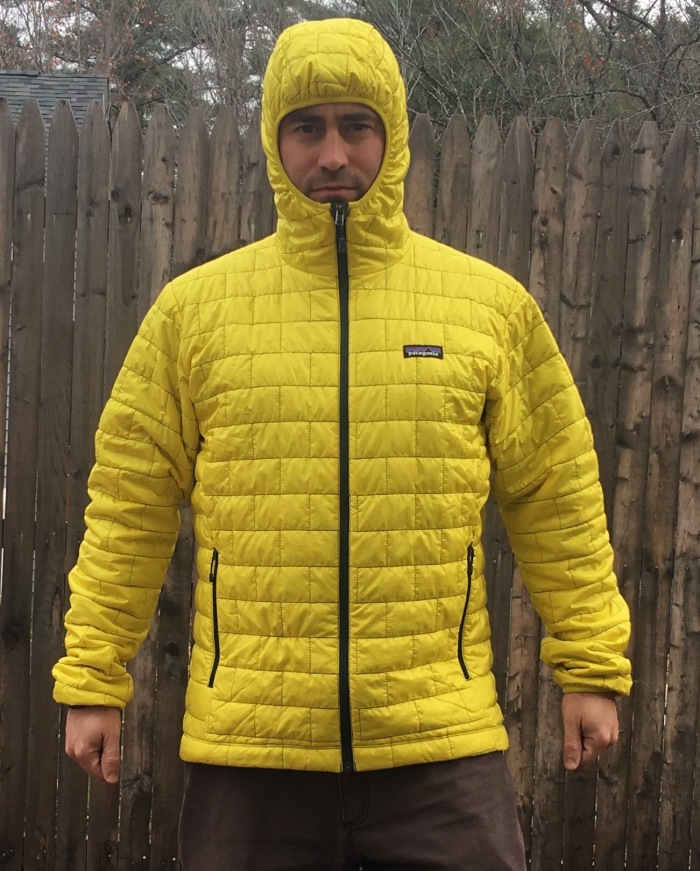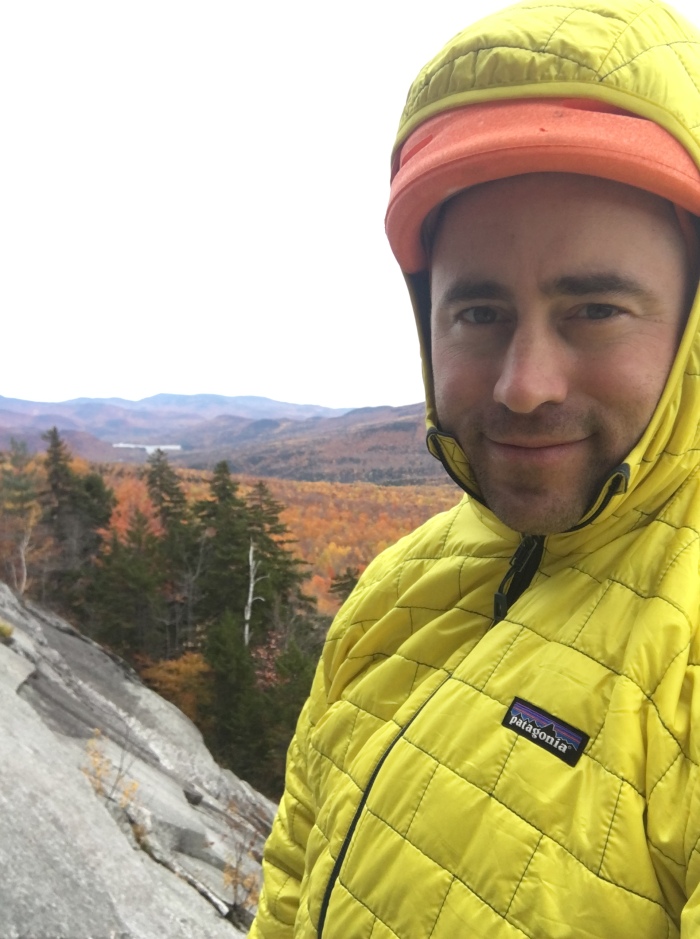I’ve been wearing the Black Diamond Alpine Softshell pants almost daily for the last 5 months and have been really happy with their performance. A true three season pant I’ve worn them on sunny low 70’s days rock climbing on Whitehorse Ledge, blustery Mount Washington ascents (including my two hour car to car of Pinnacle), late season ice climbing, and summer alpine climbing in the Cascades. These were the only pant I wore for successful summits of Mount Shuksan, Forbidden Peak, and Mount Rainier. All told they have seen over 200 miles of hiking and 30,000 feet of climbing and still look and perform great! Let’s take a look at why these are suitable for such a wide variety of adventures!

Buy on Backcountry Buy on Amazon
Comfort- Temperature Range
Probably the best feature of these pants is how they have a very large range of temperature comfort. This is primarily achieved by Black Diamond’s proprietary four-way stretch fabric (88% nylon, 12% elastane) with a DWR finish. The material is soft enough on the inside that it feels great on bare legs and so breath-able that I could wear them on high humidity warm days during bug season without any discomfort. I actually found myself not climbing in shorts this season because I liked the added protection of a full pant like this pretty much every time I headed into the woods. Despite being so comfortable in warm and humid conditions the DWR treatment and weight of the material offered enough protection for them to be perfect in blustery alpine climbing conditions. I wore them exclusively for all three summits mentioned above and they were perfect even for our 1 AM below freezing alpine starts. A lightweight or mid-weight long underwear pant can easily expand the cold weather capabilities of these though I would pack a hard-shell to zip on over them in extreme cold/windchill/wet conditions.
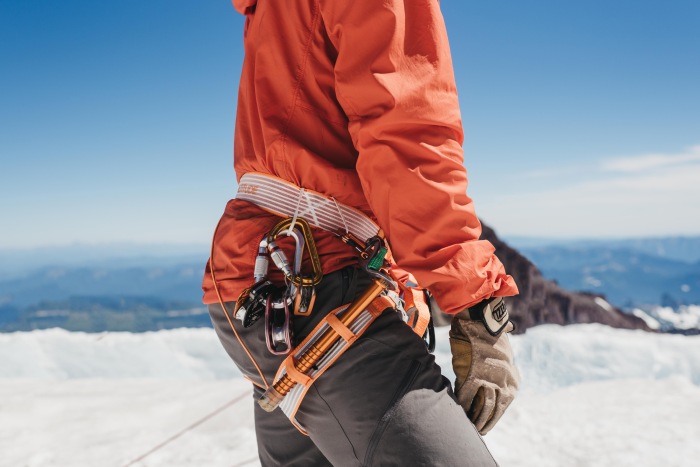
Comfort- Sizing/Fit
The second best feature of these pants is how well they fit. For reference I am 5′ 9″, 180 pounds, with a 34 inch waist and 32 inch inseam. I went with a size medium and they fit me quite well. They may be an inch long in the inseam but that is only noticeable if I am wearing flip-flops. Once I have trail shoes or boots on they do not feel too long at all and the stretchy material makes rolling them up around the calves for rock climbing super easy. The stretchy material also stays in place around the calf while I am climbing while other pants sometimes un-roll on me mid-pitch if I don’t fuss with a good “tight-roll”. There is also a hem-cord at the ankles that can help keep them tight around your boot or calf with just one pull.

Buy on Backcountry Buy on Amazon
Protection
These offer protection in quite a few ways. They are light enough to serve as bug/poison ivy/pricker protection in warm weather. They are durable enough to protect bare legs from rock abrasion while scrambling and climbing. They are virtually wind proof to guard from wind-chill (though I would add a hard-shell pant to my pack if looking at a wind chill advisory). They are water-resistant enough thanks to the DWR coating to deal with light precipitation and when they do get wet they are super quick drying. If glissading on Spring snow is on the agenda I would also add a hard-shell to the kit.

Features
I really like the integrated adjustable web belt and have not had any need to wear an additional belt but low profile belt loops are included anyways. The pant fits great underneath the two harnesses I used with it, the Petzl Sitta (reviewed here) and the Petzl Altitude (review coming). Two zippered hand pockets are perfectly positioned and a zippered right thigh pocket is large enough for my iPhone 6s Plus in its Hitcase Shield waterproof case <- great iPhone case by the way! There is also a zippered right rear pocket to round out the features of this pant.
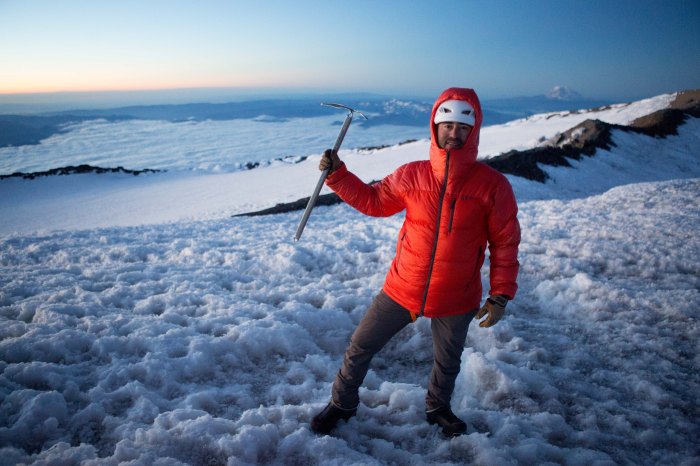

Summary
While I wore these for almost 5 months it was the two weeks that I lived in them in the Cascades that really won me over. Light enough to sleep in yet rugged enough to handle thousands of feet of alpine scrambling. I will likely be wearing these regularly for the rest of the New England Fall climbing season and they will probably go out on some fair weather ice climbing days this winter, though I have a couple heavier soft-shell pants that need to be reviewed this season as well. If you are in need of a versatile climbing pant backed by a great company this model deserves a very close look!
Buy on Backcountry Buy on Amazon
Disclaimer: This product was provided to the reviewer for purpose of review and all opinions expressed are genuine. All product links above are affiliate links. Using those links to make a purchase supports Northeast Alpine Start at no additional cost to you.


